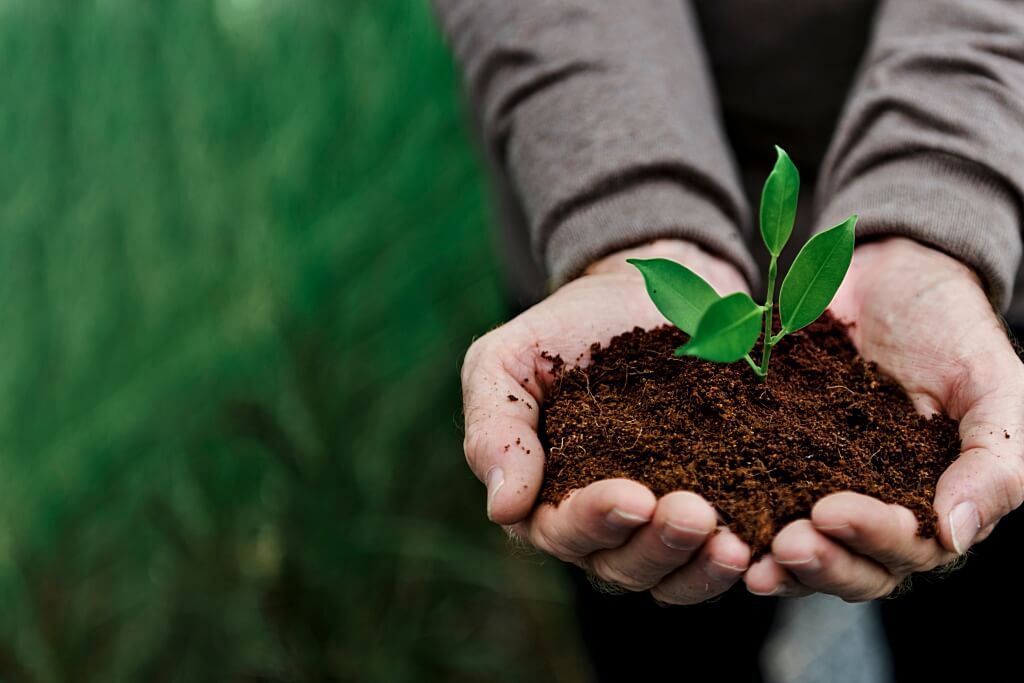10 Ways To Create Sustainable Interior Design Ideas

Design
Design is all around us, even if we don’t realize it. Sustainable design ideas are more in trend in the present times. From the clothes we wear to the homes we live in, everything has been designed by someone. And not only is design important for making our lives easier and more comfortable but it is also linked with the concept of sustainability. The goal of design is to meet our needs and the needs of future generations.
What is Sustainable Design?
The term “sustainable design” can mean different things to different people, but at its core, sustainable design is about creating things that will last. It’s about making choices that won’t put future generations at risk. To understand why sustainable design matters, we have to think about the future and what kind of world we want to live in.
The goal of sustainability is to reduce negative environmental impact. This can be done through eco-friendly design, eco-design, and environmentally conscious design. By incorporating sustainable practices into your home design and decoration, you can improve your carbon footprint. The key objectives of sustainable design are:
- Start following 3R’s – Reduce, Reuse, Recycle.
- Stop spreading pollution or minimize the means that do so
- Reduce exploiting non-renewable resources
The term “green design” is often used interchangeably with “sustainable design,” but they are not the same thing. The sustainable design incorporates current issues but also considers how people in the future may be affected by those decisions. So, at its core sustainable design is more future-focused than green design.
All in all, sustainable design is a long-term approach to ecological protection. Meanwhile, green design focuses more on current issues and constitutes a narrower discipline, often associated with sustainable architecture in particular. The fundamental objectives of sustainability are to diminish the utilization of non-renewable resources, minimize waste, and make sound, productive environments.
It’s no secret that sustainability is a popular theme in design this year. If you’re looking to update your home’s interior, why not explore sustainable design? This guide provides some great tips for making your home more environmentally friendly.
Markers to Sustainable Interior Design
If designers follow these principles, they would be reducing the negative environmental impact on our society and building a better future.
Energy Efficient Design
Energy consumption is a huge environmental issue. A lot of people don’t realize that buildings are responsible for a significant percentage of greenhouse gas emissions. That’s because energy is needed to power so many things like heating, lighting, and appliances. But there is some good news! Architects and interior designers can help make buildings much more energy efficient. They do this by finding ways to reduce the amount of energy needed to power things and by using renewable, non-carbon-based energy sources.
Interior designers can have a big impact on a building’s heating and lighting. Most of a building’s heat escapes through windows, so it’s important to have high-quality windows that provide good insulation. Curtains and drapes should be effective at keeping both cold air and the sun’s heat out. By opening and closing window coverings, blinds, or shades, people can control the temperature in an energy-efficient way. Carpets are excellent thermal insulators and can help retain as much as 10% of a room’s heat.
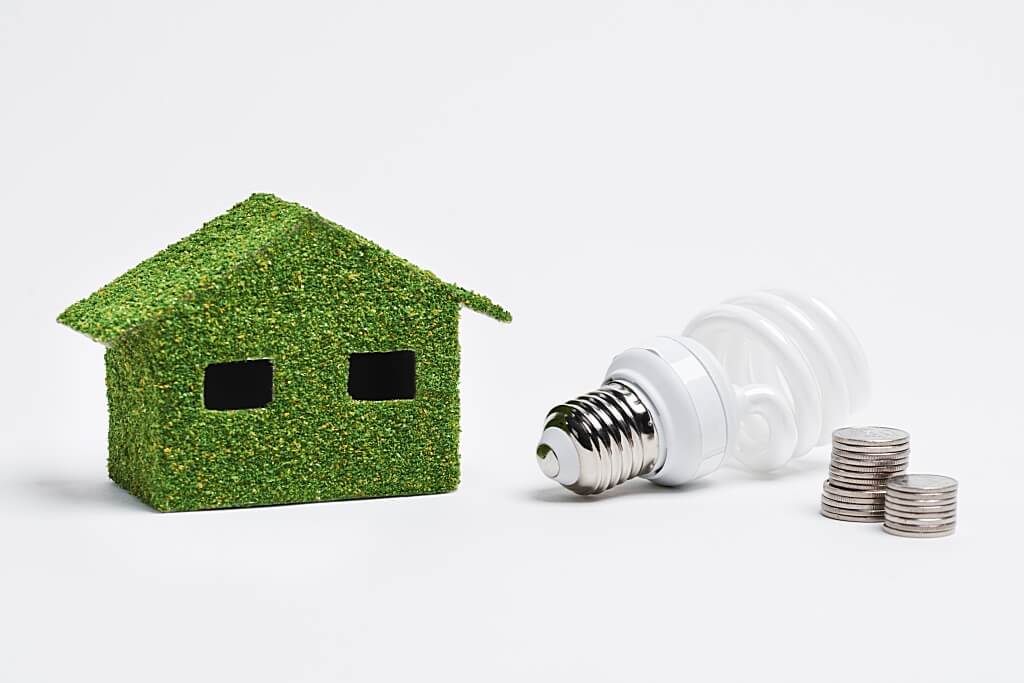
The colors you choose for your home can have a big impact on your energy bills. Lighter colors reflect more light and help brighten up a room, while darker colors tend to absorb light and make a room feel more intimate. You can also use reflective surfaces to help increase the amount of light in a room and reduce your dependence on artificial lighting.
Home automation, which refers to the ability to control heating and lighting systems remotely, has been made possible by so-called “green gadgets.” For example, dimmers installed as part of a home automated lighting system can be perfect for areas like dining and living rooms, where you want to be able to regulate the lighting output. Not only can this help save energy more economically and efficiently, but it can also make life more convenient for residents and occupants.
Waste Reduction Management
Interior designers wield a lot of power when it comes to reducing waste. And they have a responsibility to be sustainable. The planet’s resources are limited and valuable, so the mentality of discarding products once they’re out of style and replacing them with current trends is no longer justifiable.
The need for sustainable thinking is nothing new, but fortunately, the awareness of and interest in sustainable practices like recycling, upcycling, and repurposing is on the rise. Using old-fashioned yet still functional objects instead of discarding them is the way to the new normal. Opting for synthetic materials that were made from recycled waste or can be renewed/recycled at the end of their life cycle could reduce the depletion of resources.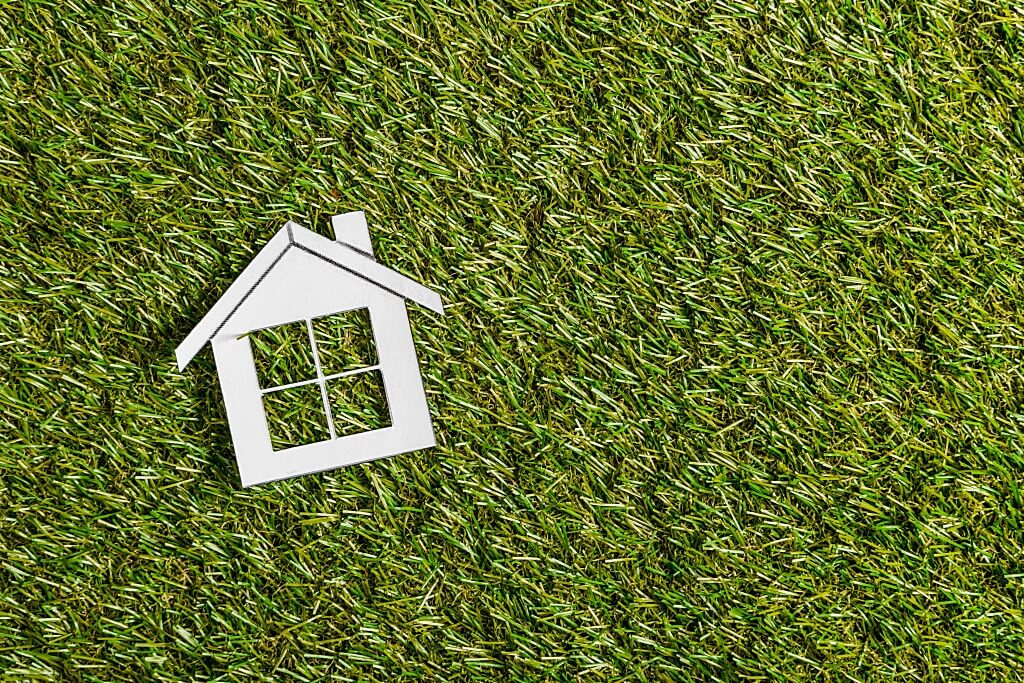
With this approach, instead of waste being something that needs to be disposed of, it becomes the raw material for new products. This circular loop of manufacturing effectively minimizes or even eliminates waste.
Durability and Flexibility in Design
How long a material will last should always be top of mind for interior designers to avoid their products becoming outdated too quickly. This is especially important for elements that see a lot of wear and tear. The goal of designing should be to create spaces that will stand the test of time.
As people grow and change, they want their spaces to reflect those changes. Interior designers should keep this in mind when designing spaces – they should be adaptable to the changing needs of those who use them. To make spaces that will stand the test of time, designers should focus on flexibility, choose quality over quantity, go for classics over trendy styles, and prioritize simplicity and functionality over embellishments.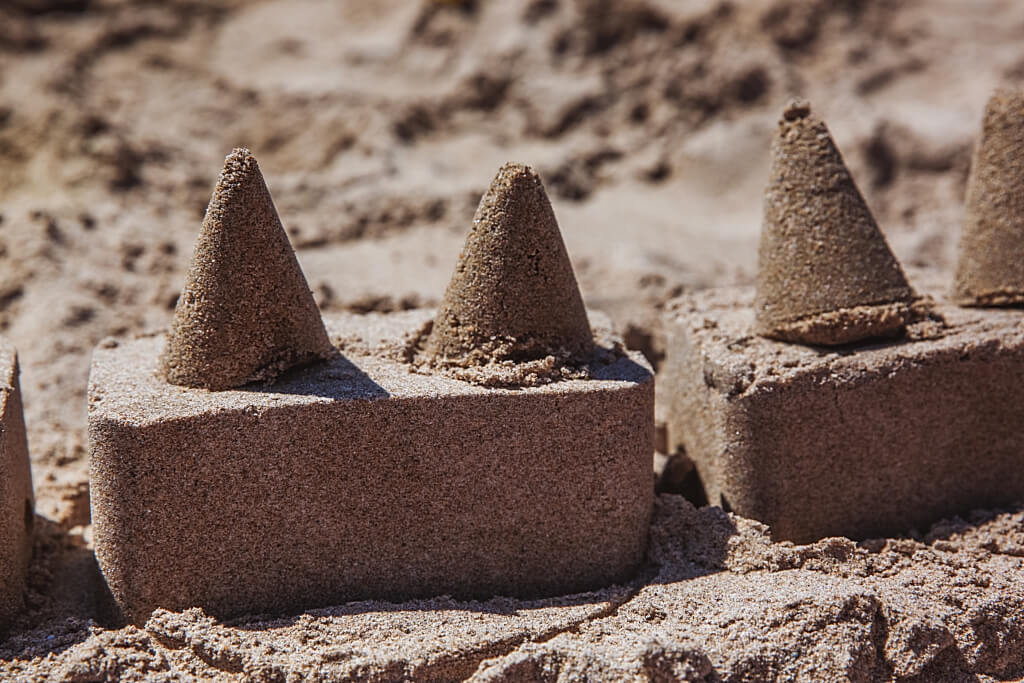
Innovation can help make the design more flexible for example by adding section dividers instead of placing cemented walls that can be moved or furniture that can be adjusted to fit the needs of a changing workplace (like working from home). Investing in elements that are easy to clean or replace would not only save money but also require less renovation.
Reducing Environmental Impact
When it comes to sustainability, it’s important to choose materials and products with the lowest environmental impact. This means considering the responsible treatment of natural resources, especially when it comes to organic materials like wood, wool, and natural stone. For a more conscious living, choose renewable materials like bamboo, which are extracted responsibly as well.
At every stage of a product’s life cycle, we must evaluate the materials and products to ensure their safety and efficacy. This includes everything from extraction and production to transportation and processing, all the way to how they are disposed of after use.
Health Eco-system Design
In these times of pandemic, people are spending more time indoors than ever before. This has several impacts on interior design, as now there are new factors to consider when it comes to designing a space. These include the quality of the air, heating, ventilation, lighting, and acoustics. By taking these into consideration, designers can create healthy interiors that people can feel good about spending time in.
Toxic emissions from appliances are the main cause of indoor air pollution. For example, furniture or equipment treated with harmful chemicals release dangerous toxins into the air. Designers should be responsible while choosing materials. Materials with low emissions of VOC (volatile organic compounds) and other air pollutants are more favorable when it comes to indoor air quality.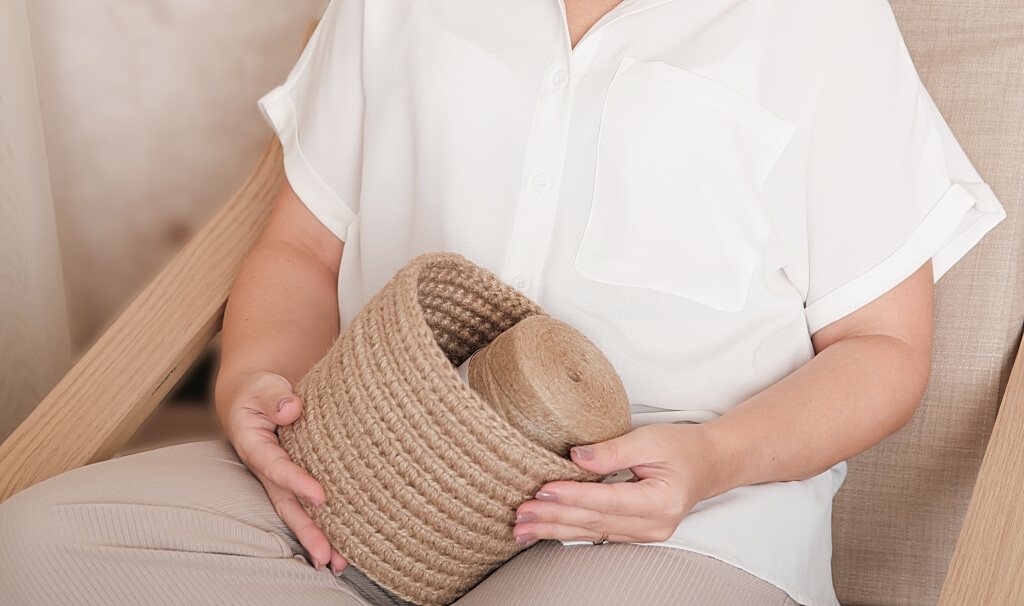
Contrary to popular belief, carpets actually improve air quality by trapping dust particles, germs, and allergens from the air and holding them until vacuumed. Carpets also serve as excellent sound insulators, reducing noise by absorbing sound vibrations – promoting the well-being of building occupants. Furthermore, plants are also a great source of fresh air circulation and act as natural air filters.
The outbreak of the pandemic has made working from home a mandatory aspect for many people across the globe. Furthermore, interior trends would go around keeping the occupants the ‘feel of outside inside’! Since exposure to natural light is another beneficial aspect for both physical and psychological health, this would become necessary especially for homes and other work-related areas in the house, as natural light reduces stress and increases productivity. In fact, being surrounded by elements from nature has a calming effect in general. The main focus of Biophilic design is to include natural elements in our buildings and interiors to restore the connection between humans and nature.
The main focus of the sustainable design is Biophilic design to help people feel more connected to nature. This is done by including natural elements in our buildings and interiors. For example, a Biophilic office might have windows that let in lots of natural light, plants, and water features.




